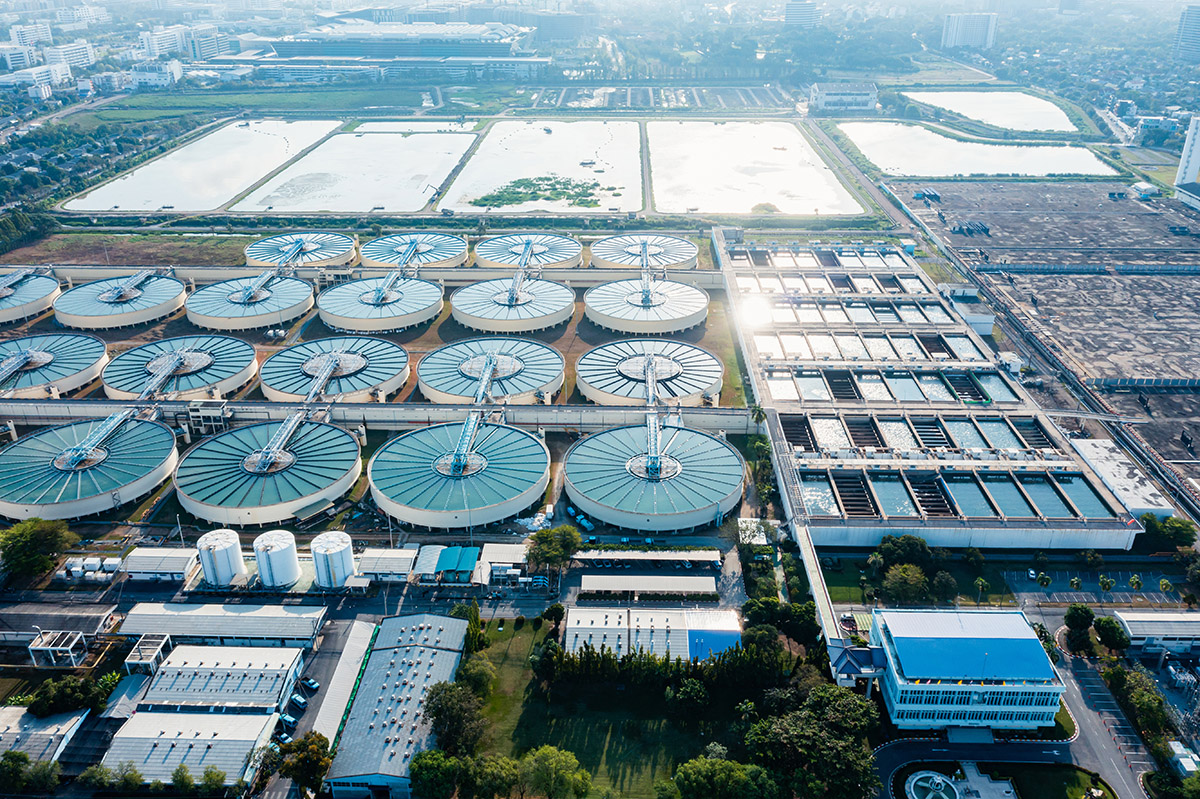Shipping Container Delivery and Placement Guide
If you are considering buying a shipping Container, it is crucial to ensure that your property is adequately prepared for its arrival. The delivery truck from Giant Lock Box needs to have easy access to your site and the ability to maneuver around any potential obstacles. It is imperative to check and comply with zoning laws and building codes to guarantee adherence to regulations. Additionally, for a stable foundation, consider preparing the ground by laying a foundation of railroad ties or concrete blocks. This careful preparation ensures a smoother process and successful integration of the shipping container onto your property.
Location
When buying a shipping container, it is important to consider where you will place it on your property. This can help you avoid any problems down the road. It is also important to research local regulations and building codes in your area. Doing this will ensure that you comply with all laws and are using your shipping container correctly. The surface of the site where you will place your shipping container should be level and stable. It is best to choose a site with asphalt, concrete, or dry compacted gravel surfaces. These surfaces are ideal for shipping containers because they can withstand the weight of the truck and will not become soft or muddy during transportation and delivery. Using a shipping container tracking system can give you live, automated updates on the status of your shipment. These systems can alert you of ETA delays, vessel arrival, gate-out time and even notify you if your container is at risk of demurrage.
Size
A shipping container (also known as a conex box, or CONEX) is a steel-framed unit that can be purchased or modified to fit a variety of needs. When deciding on a storage container, size is an important factor to consider. Standard containers meet ISO requirements and are approximately 20’ (length) x 8’ (width) x 8’6’’ (height). A common option is the high cube container, which is one foot taller than a standard container.
Weight
Weighing containers is crucial in order to comply with SOLAS (Safety Of Life At Sea) regulations regarding VGM requirements as well as state truck size and weight limit laws while transporting them via road. This also helps minimize accidents caused by unbalanced and overloaded shipping containers.
Each container has a tare (empty) weight, maximum payload capacity and max gross weight indicated on it. Tare weight is the container’s empty weight and payload capacity is determined by subtracting it from the tare weight. The tare weight is usually written on the side of the container. High cube containers tend to weigh more than standard containers as they have an extra foot of height resulting in more metal in the structure.
Safety
There is a lot that goes into making sure a shipping container delivery and placement process goes smoothly. The location you choose for your shipping container is just one part of this. Other important aspects include securing permits, preparing equipment and informing neighbors.
Safety is a major concern when it comes to shipping containers. They are heavy and large, and can be a danger to pedestrians or Vehicles. This is why it is a good idea to place them away from pedestrians or near other structures.
You should also make sure that there is plenty of clearance for the truck to drive and place the container. If there are any obstructions, the driver could get stuck or damage the container or truck. Obstructions may include low hanging tree branches, gates, arches or eaves. It is also a good idea to have someone on site to act as a spotter in case of any low hanging objects that might be difficult to see.

